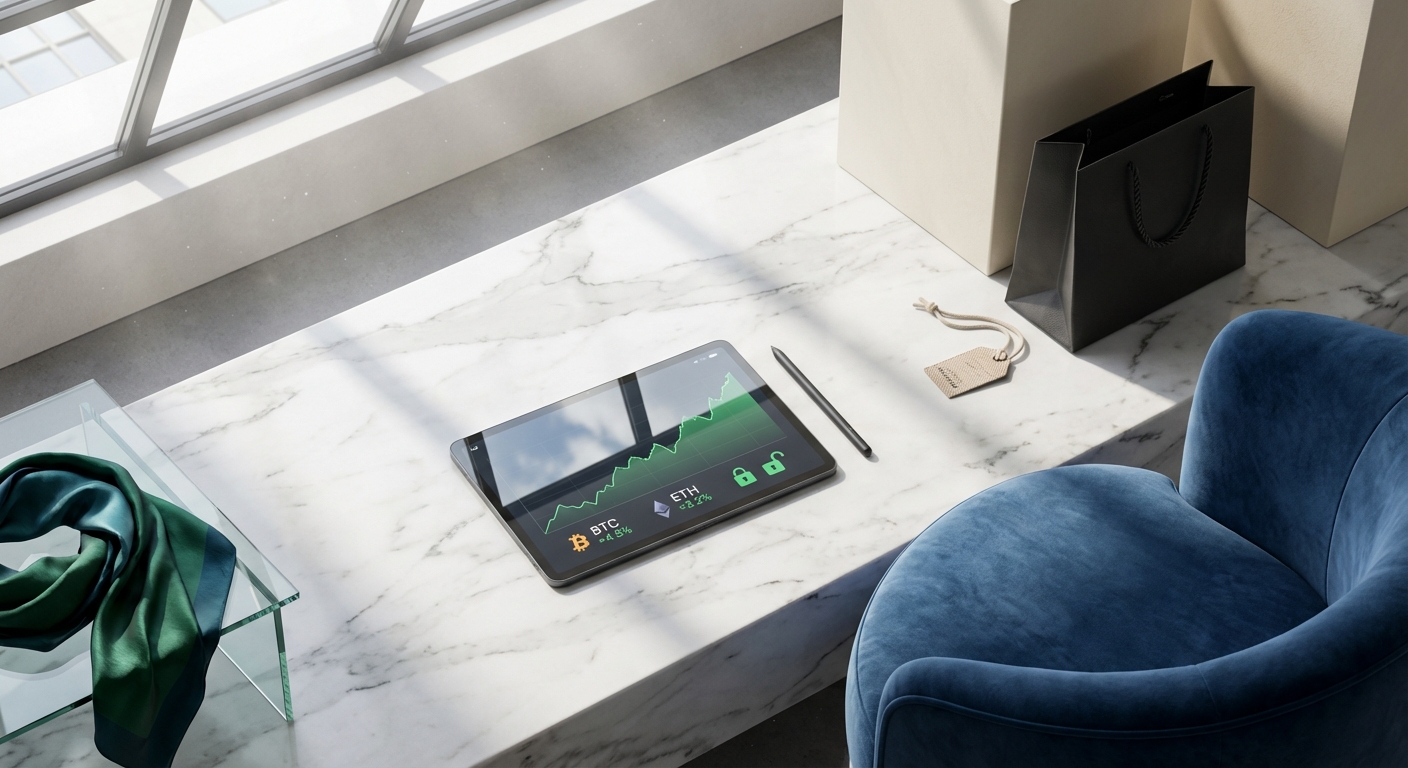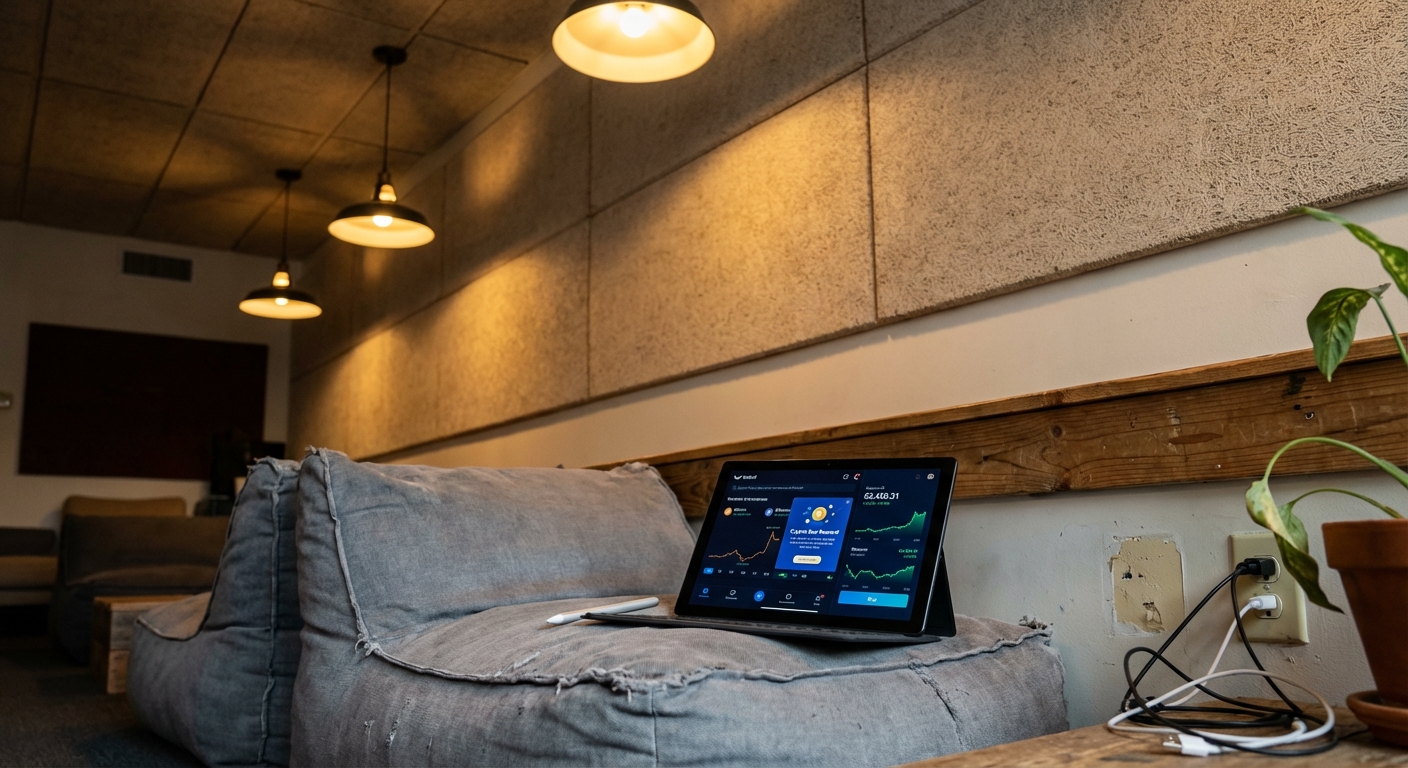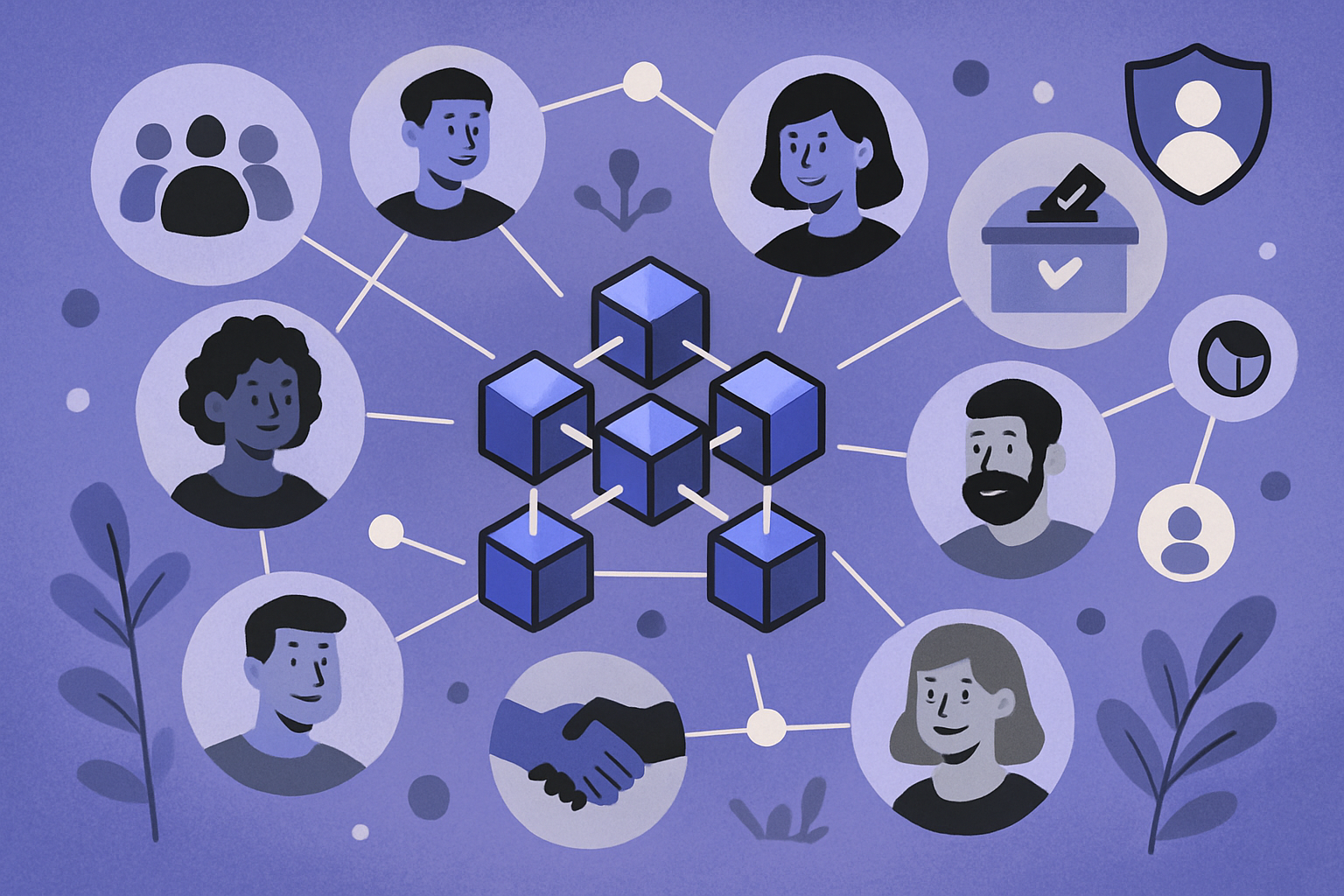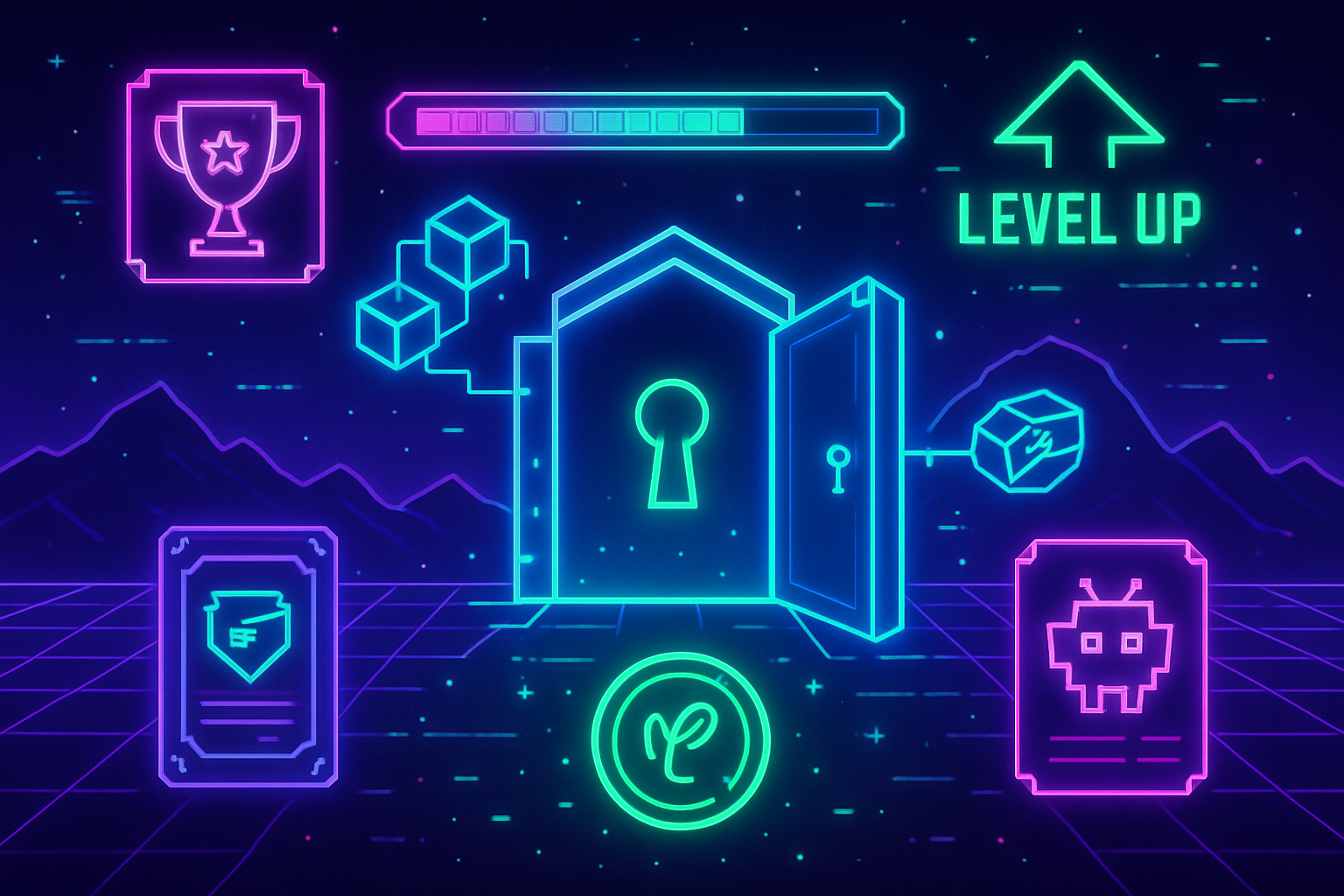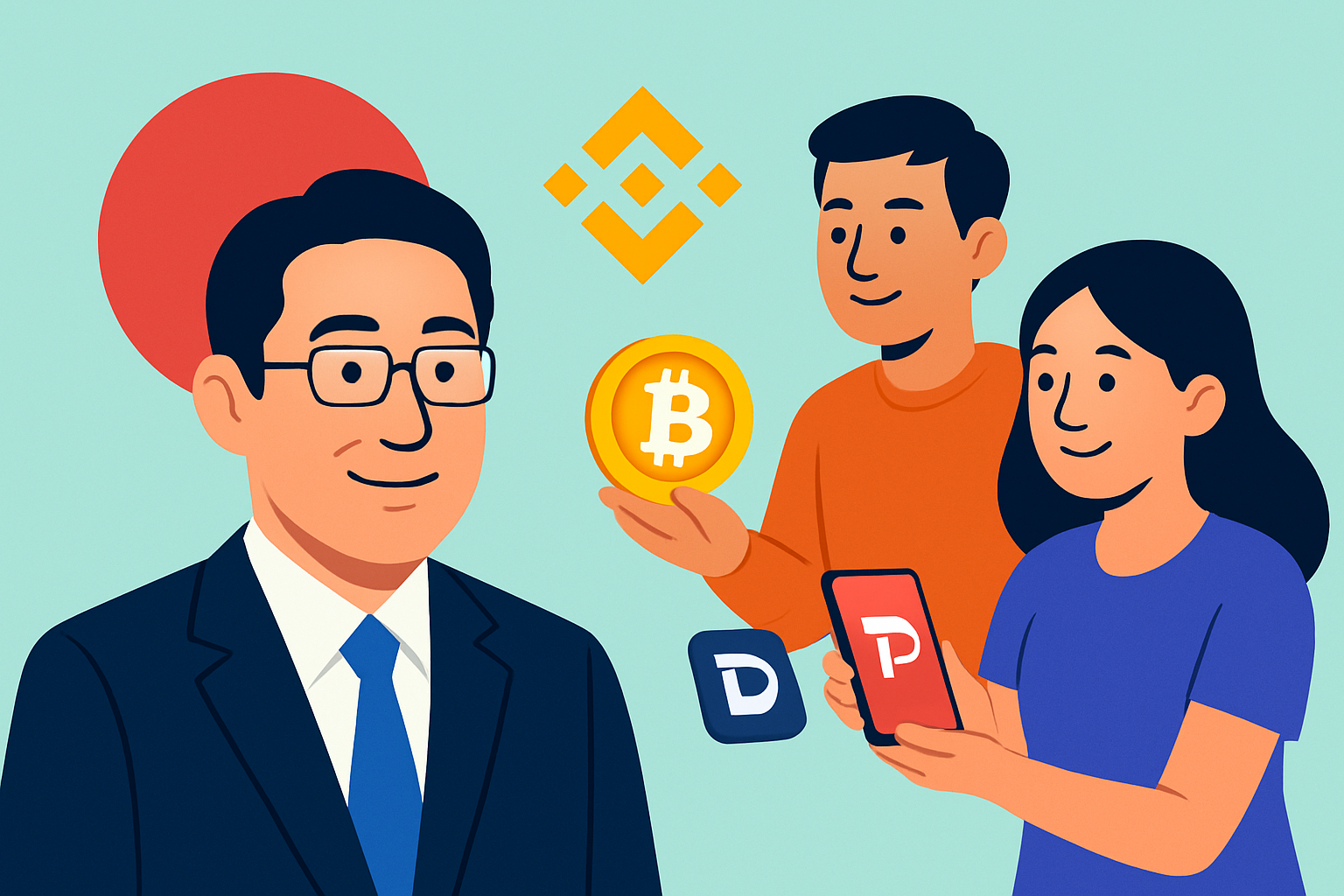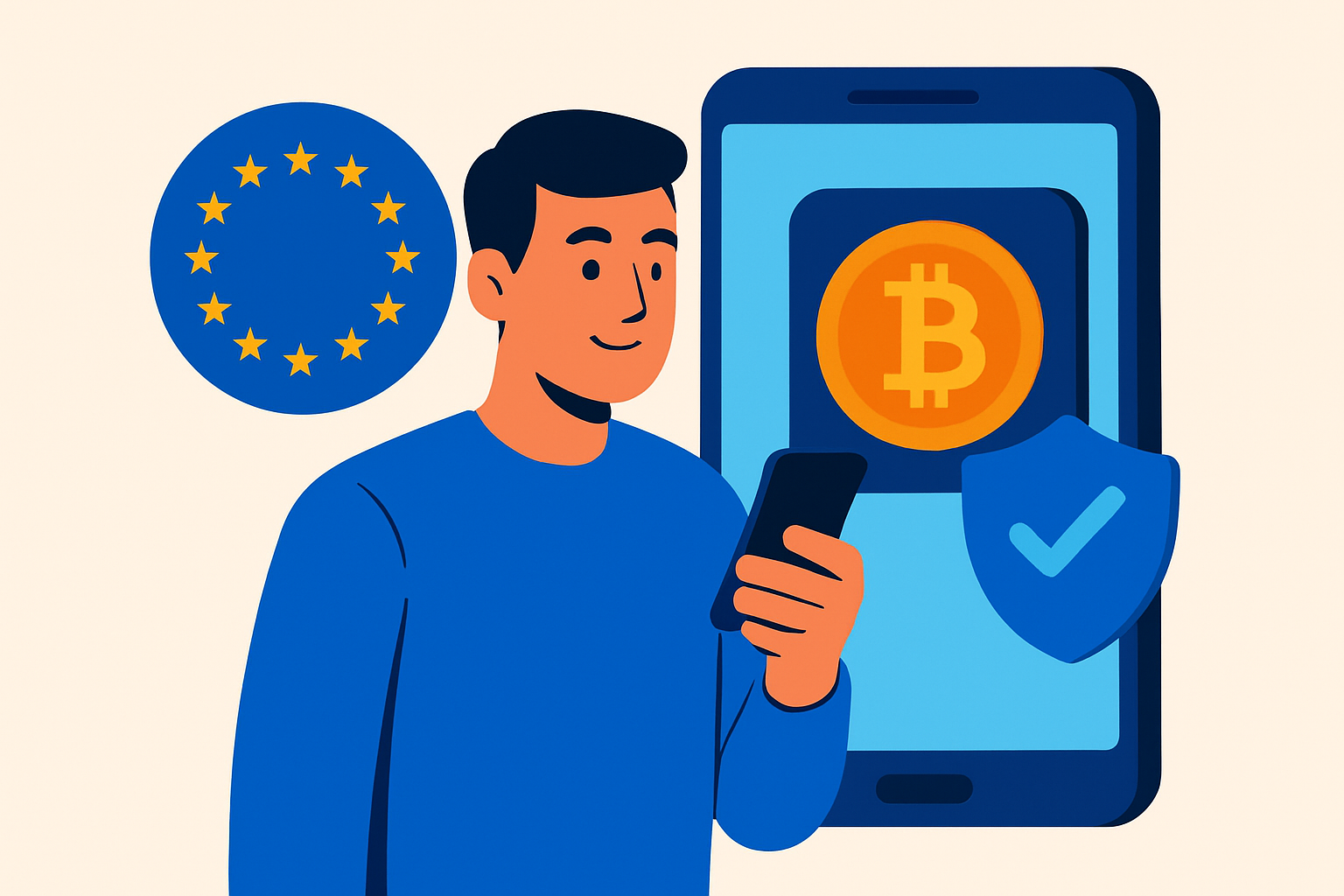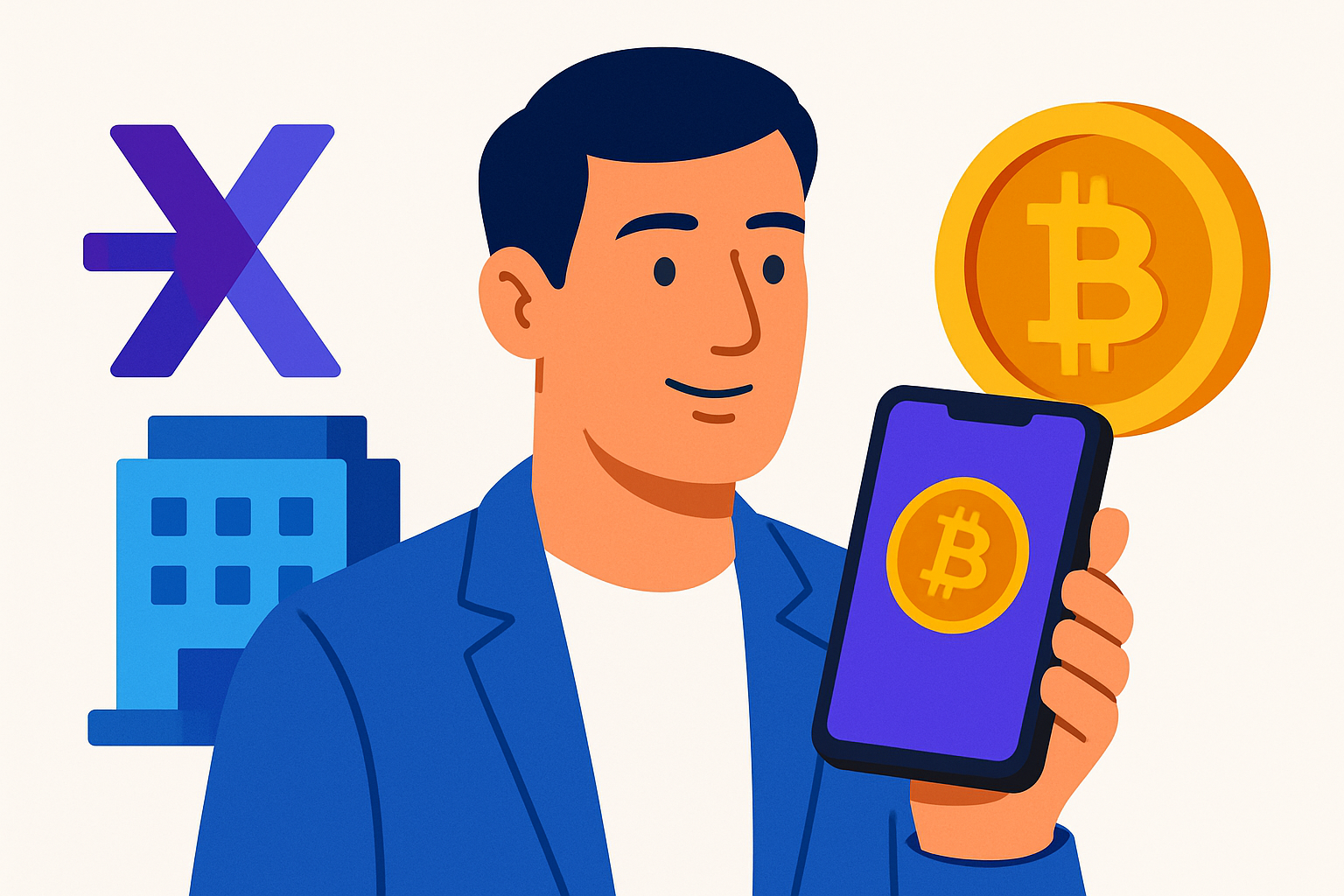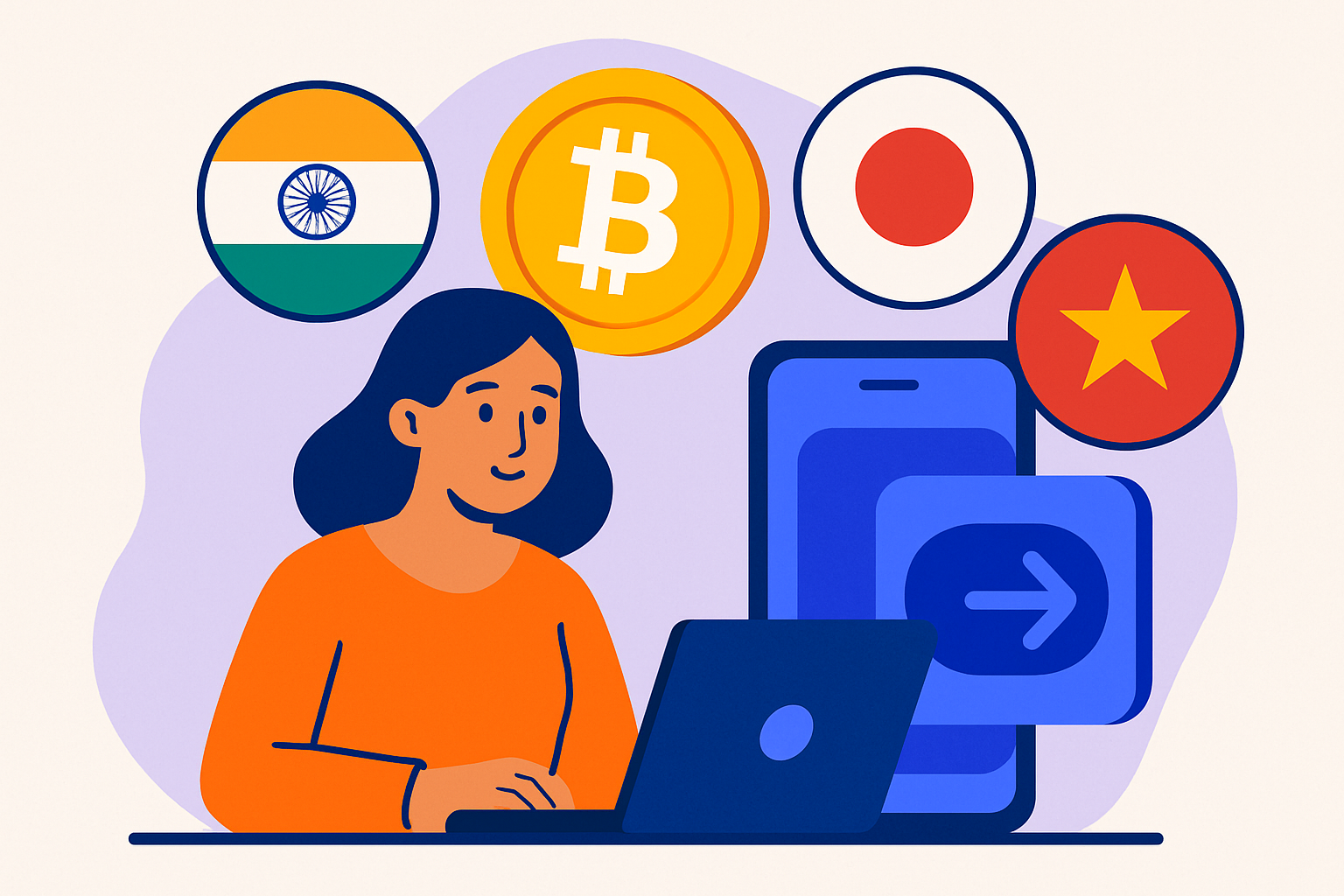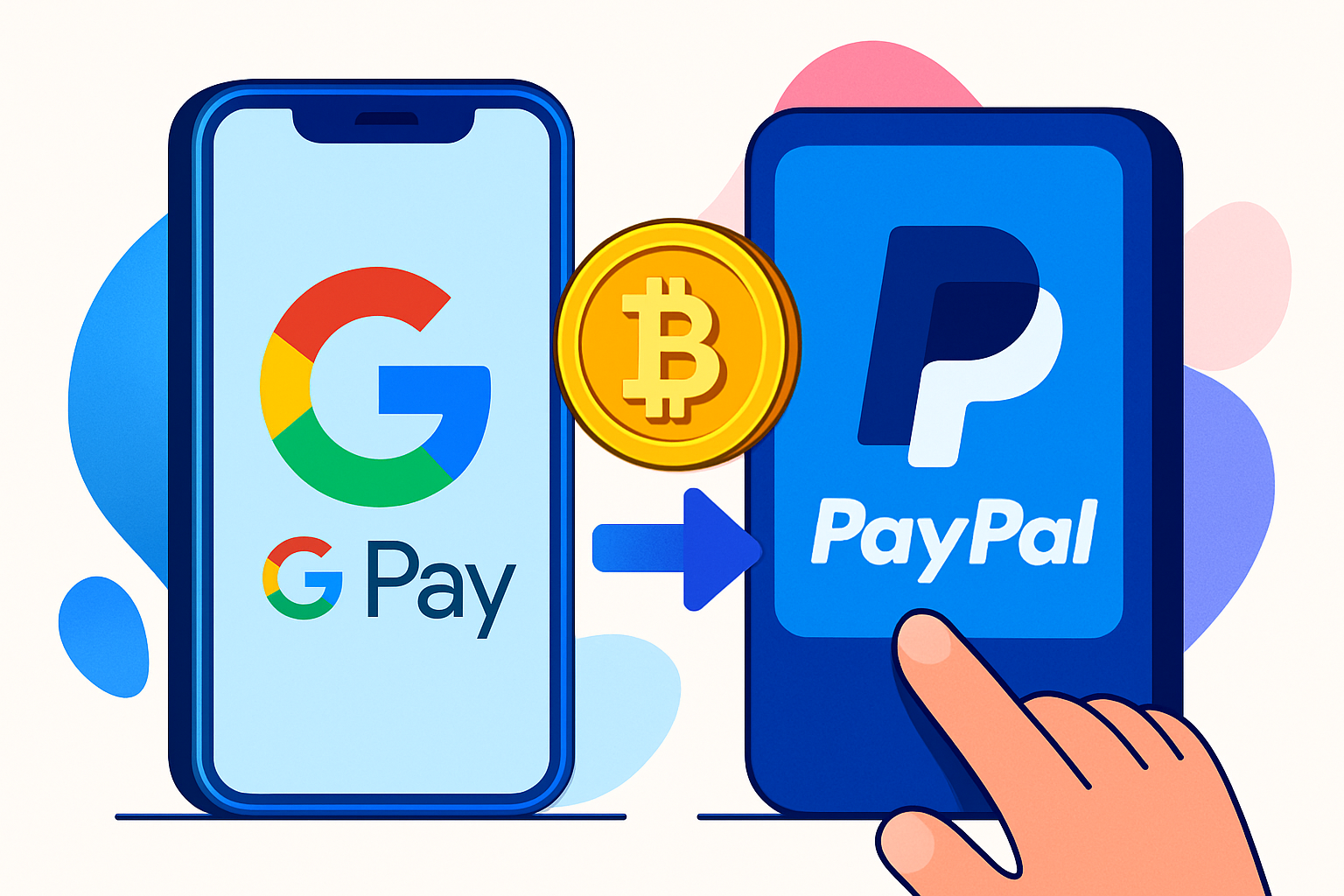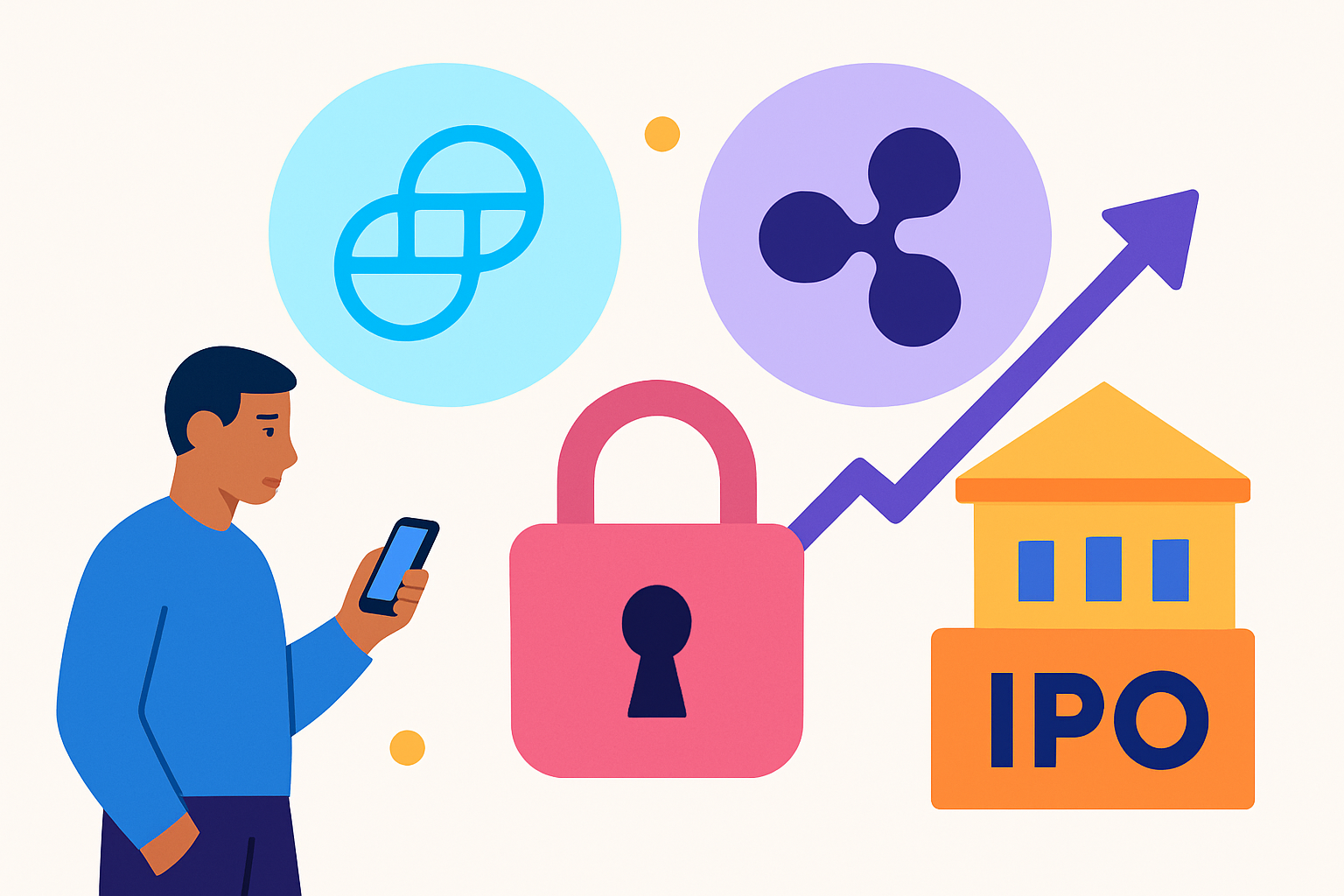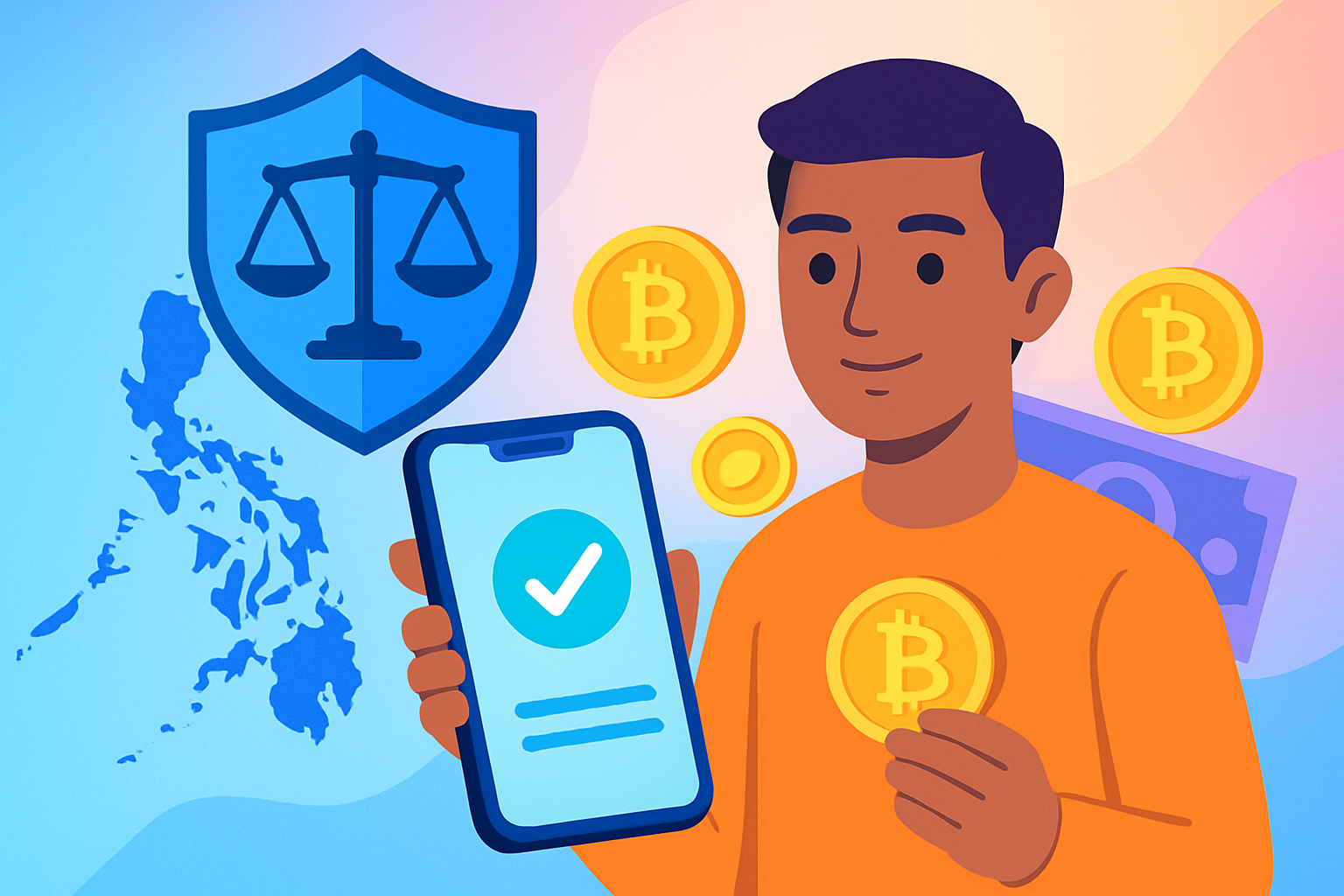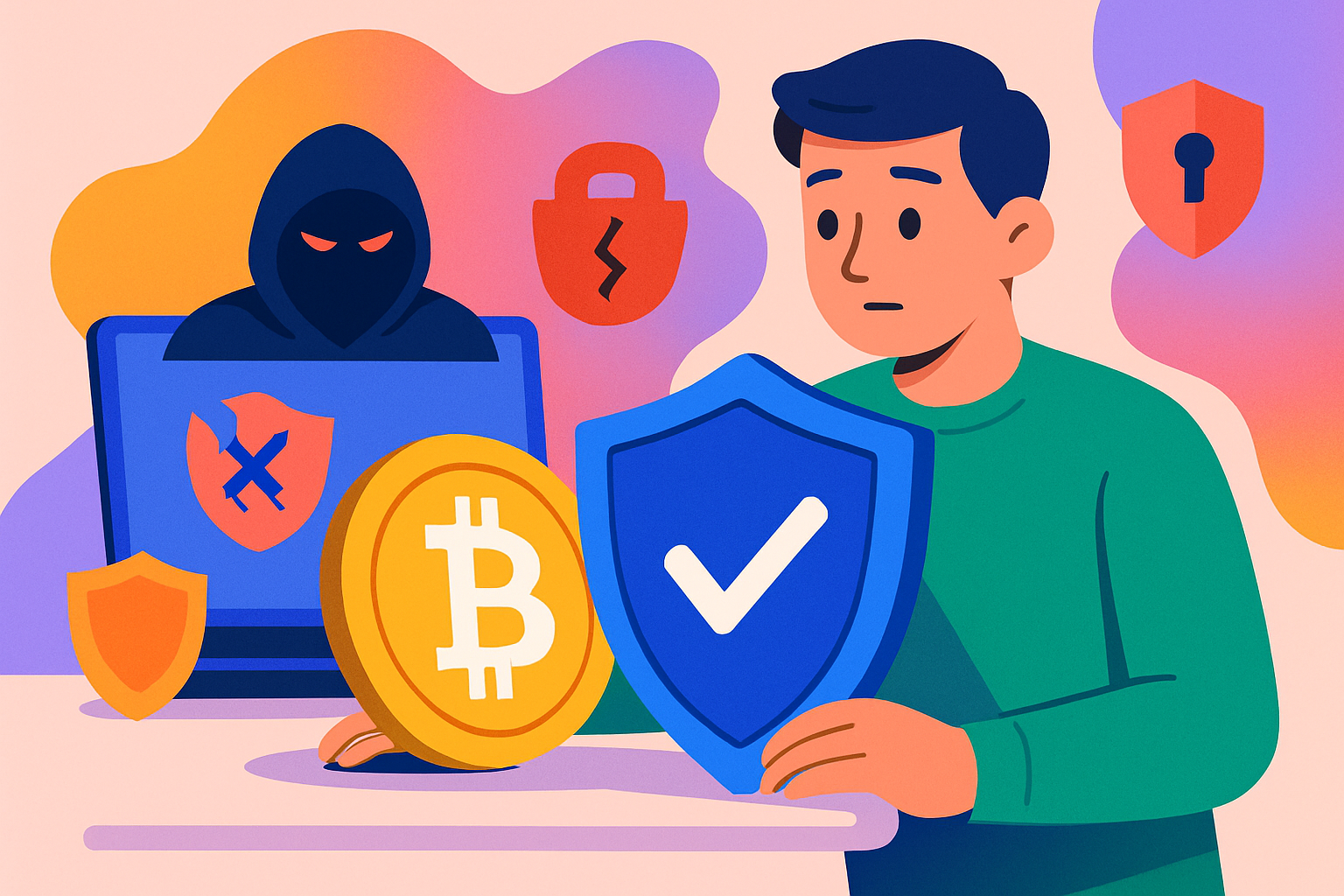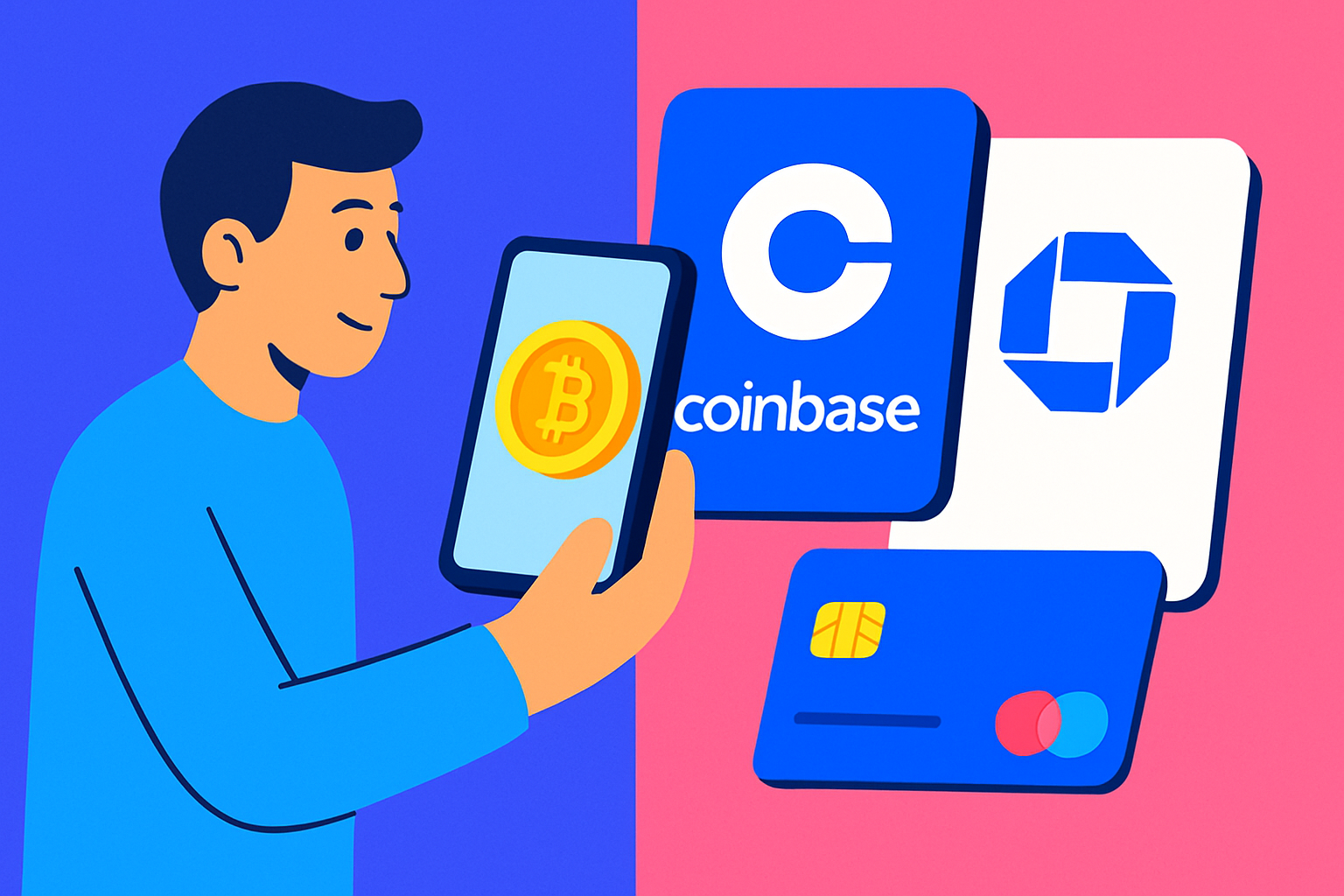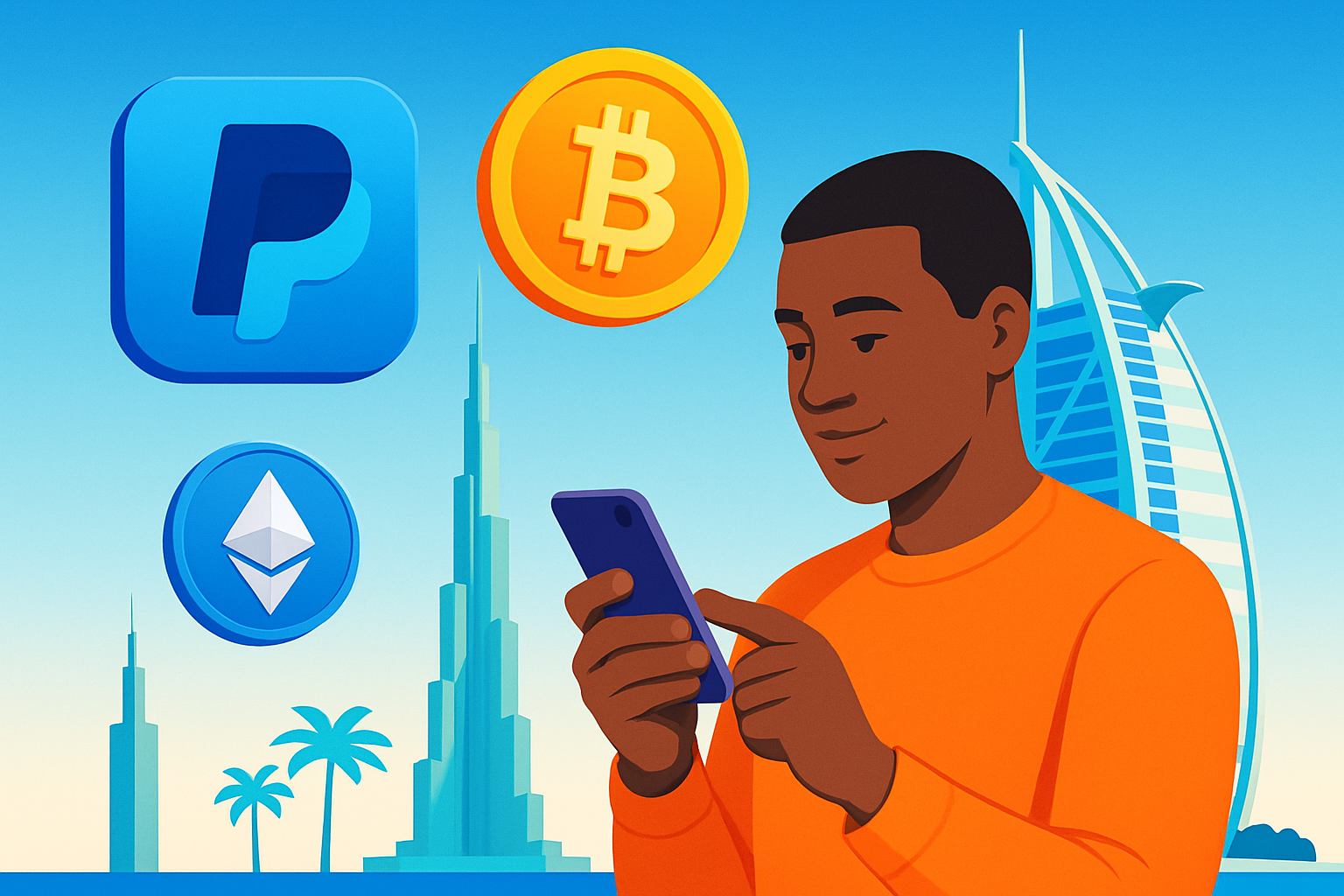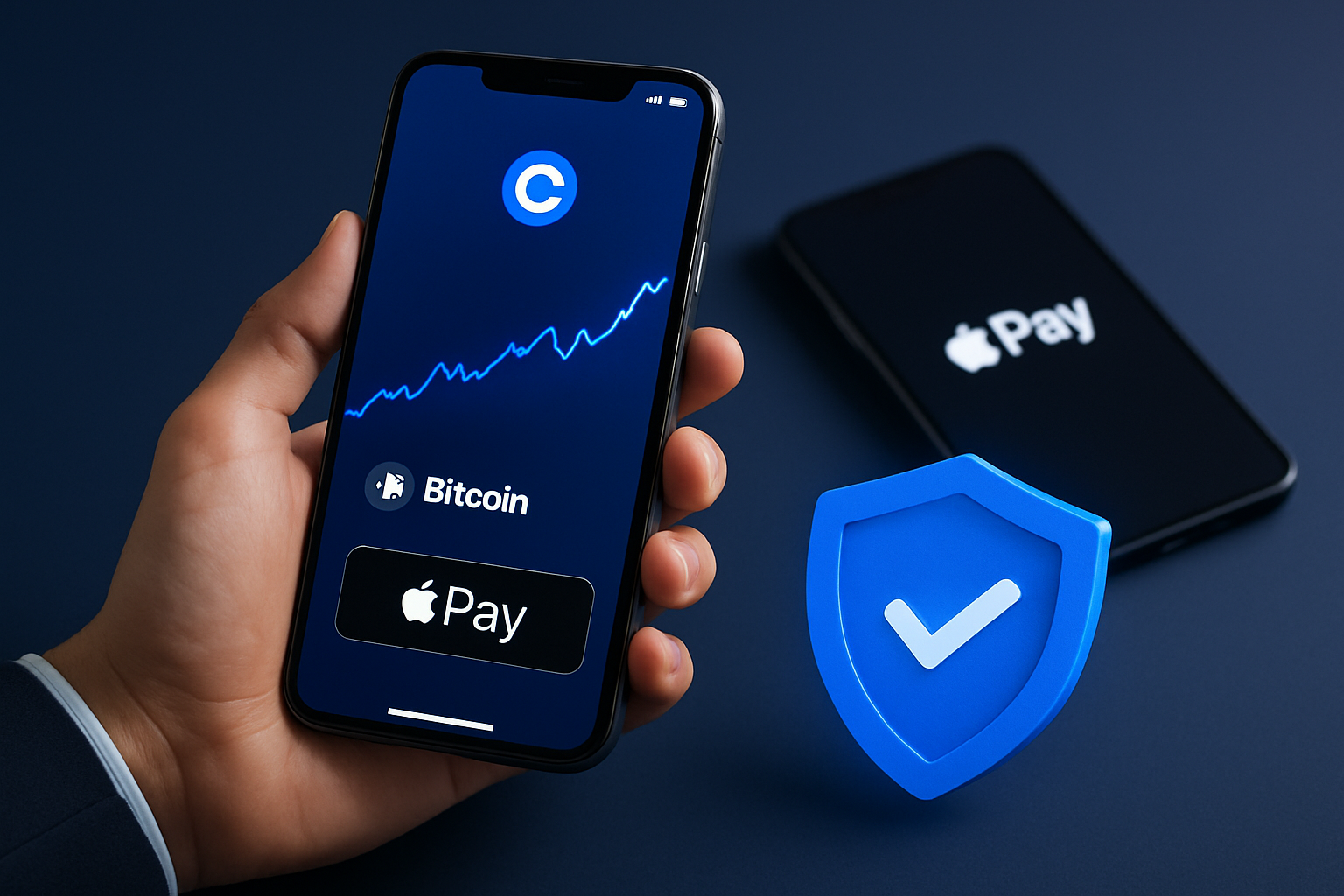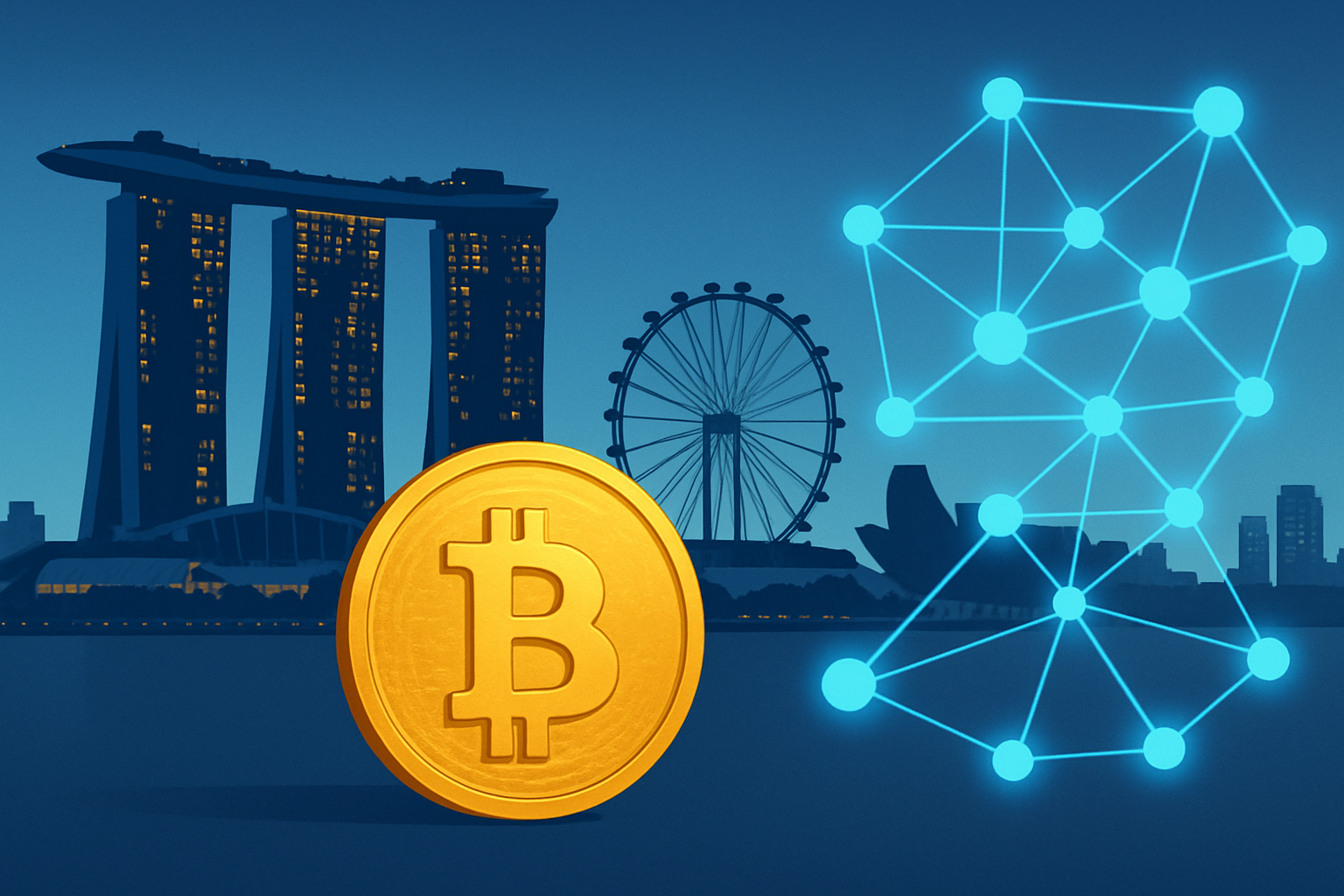In an era where Bitcoin commands a price of $91,969, traditional finance institutions are redefining access to...
Crypto Exchanges & Apps
As Bitcoin hovers at $89,144 amid a post-peak correction from its October all-time high above $125,000, Wall...
Bitcoin’s holding strong at $92,020, even after dipping 1.42% in the last 24 hours with a high...
Bitcoin’s current price of $91,331.00 sits amid a volatile landscape where the Crypto Fear and amp; Greed...
The Upbit hack on November 27,2025, exposed vulnerabilities that no trader can ignore. South Korea’s largest exchange...
Crush 2025 crypto gains with Webull’s killer rewards! Picture this: drop $100 and on Bitcoin or Ethereum,...
BitMart’s official US launch in 2025 is a pivotal moment for American crypto buyers. With licenses secured...
In 2025, a new wave of privacy-first crypto exchanges is challenging the status quo of digital asset...
July 2025 marked a pivotal moment for stablecoins: centralized exchanges recorded a staggering $5.7 billion net outflow...
Japan’s crypto landscape is on fire in 2025, with two seismic shifts converging to shake up how...
Walmart is making a bold move into digital finance: its fintech arm, OnePay, is set to roll...
The landscape of cryptocurrency adoption in Europe has shifted dramatically in 2025, and at the center of...
Wall Street is making its boldest crypto move yet. Morgan Stanley’s E*Trade crypto trading integration isn’t just...
Asia’s crypto scene is heating up, and if you’re a global buyer, now’s the time to pay...
Crypto payments are moving from niche to mainstream, and the landscape is shifting fast. In 2025, both...
Crypto is moving at breakneck speed in 2025, and Gemini’s bold IPO move, backed by Ripple’s $75...
In August 2025, the Philippines Securities and Exchange Commission (SEC) took decisive action against unregistered cryptocurrency exchanges,...
Crypto exchange hacks are accelerating in 2025, with July alone seeing over $142 million stolen across the...
Passive investing in cryptocurrency is entering a new era in 2025, thanks to innovative features like Bitget’s...
The landscape of cryptocurrency adoption in the United States is about to change dramatically, thanks to a...
In 2025, the landscape for buying cryptocurrency has shifted dramatically, driven by two powerful forces: PayPal’s deepening...
The world of cryptocurrency has always been defined by rapid innovation and relentless pursuit of security. In...
How Cloud Mining Apps Like ALL4 Mining and QFSCOIN Are Revolutionizing Passive Crypto Income in 2025
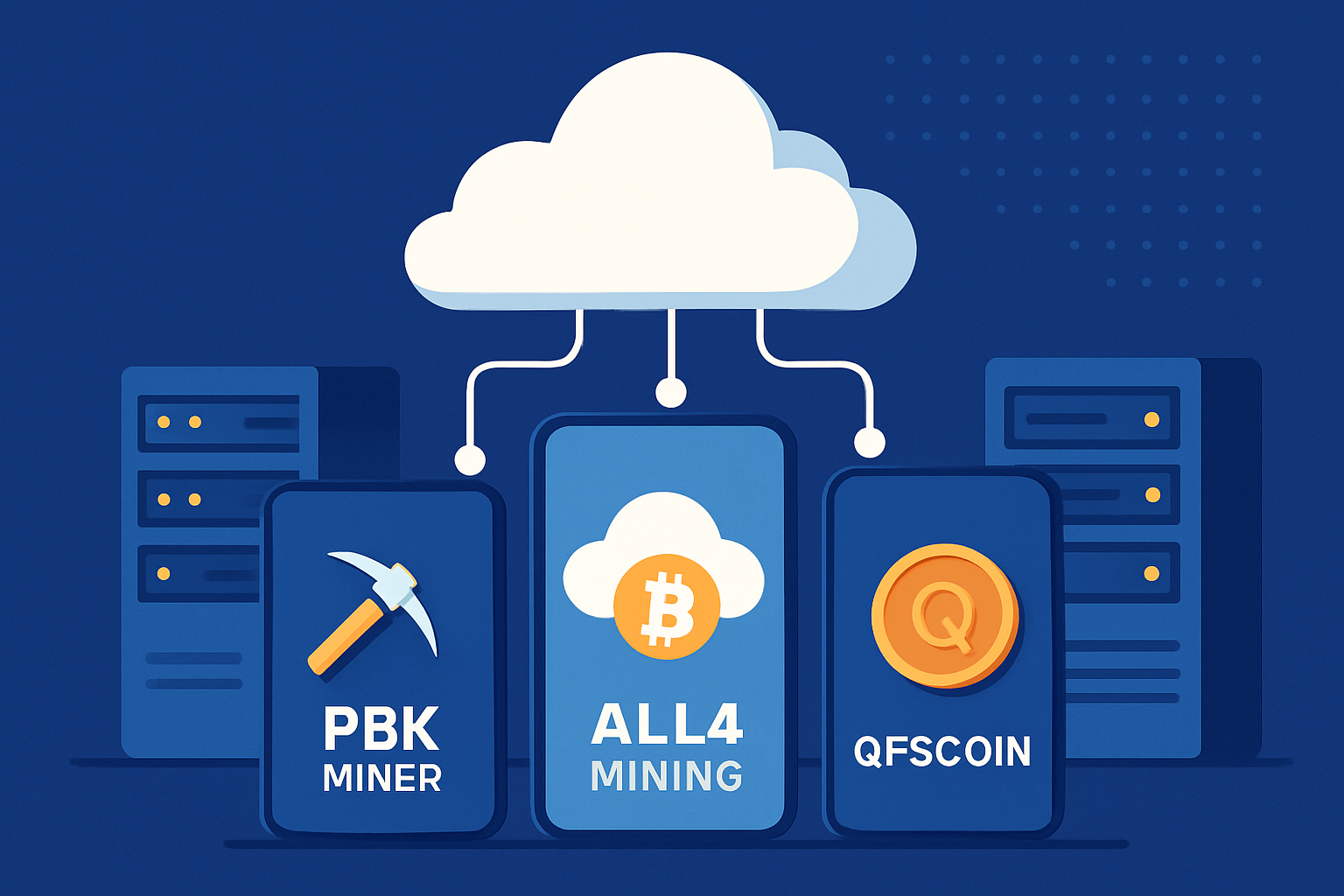

How Cloud Mining Apps Like ALL4 Mining and QFSCOIN Are Revolutionizing Passive Crypto Income in 2025
Cloud mining has surged in popularity throughout 2025, breaking down barriers for anyone seeking passive crypto income...
Singapore has long been recognized as a global crypto hub, but as of June 30, 2025, the...



